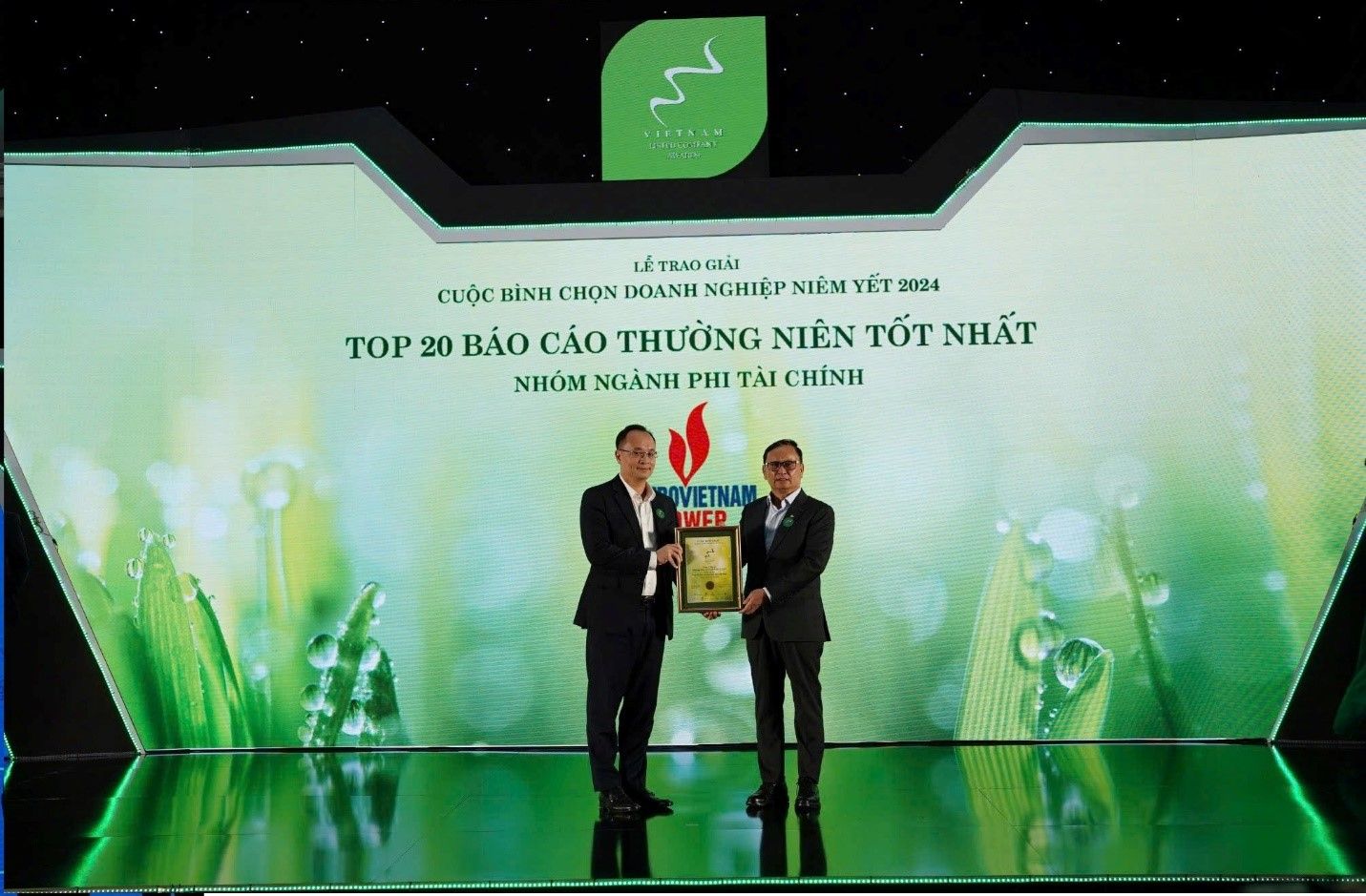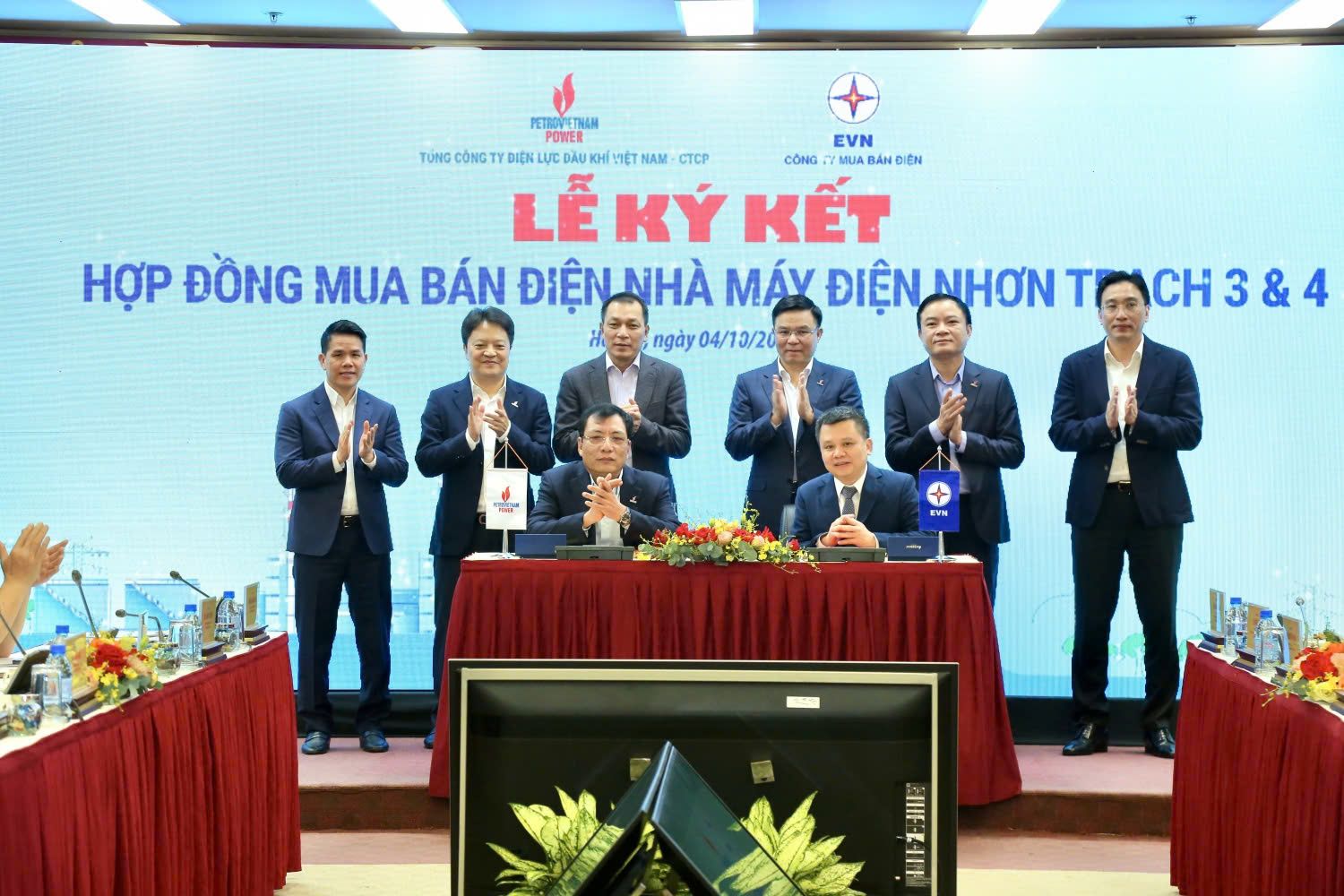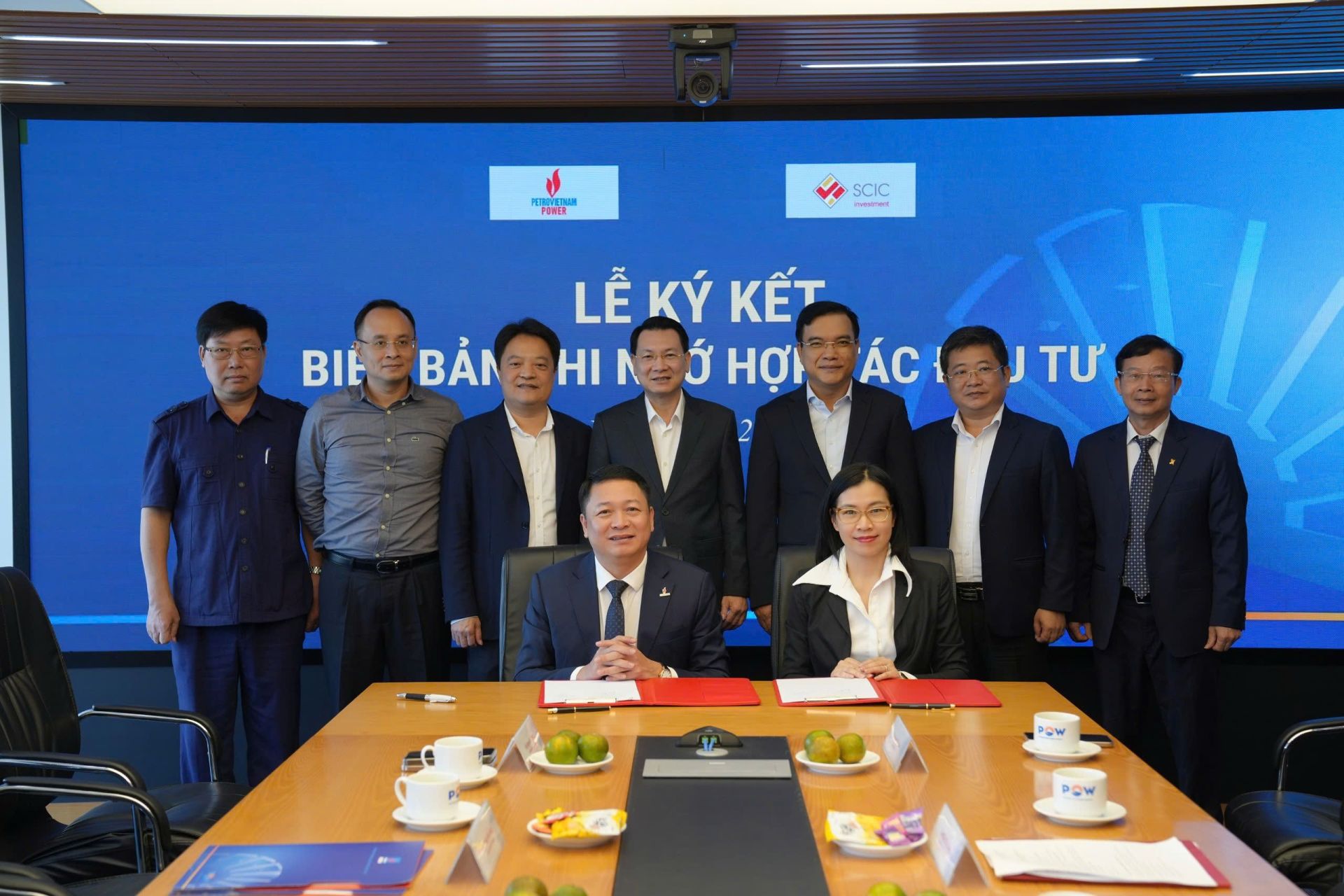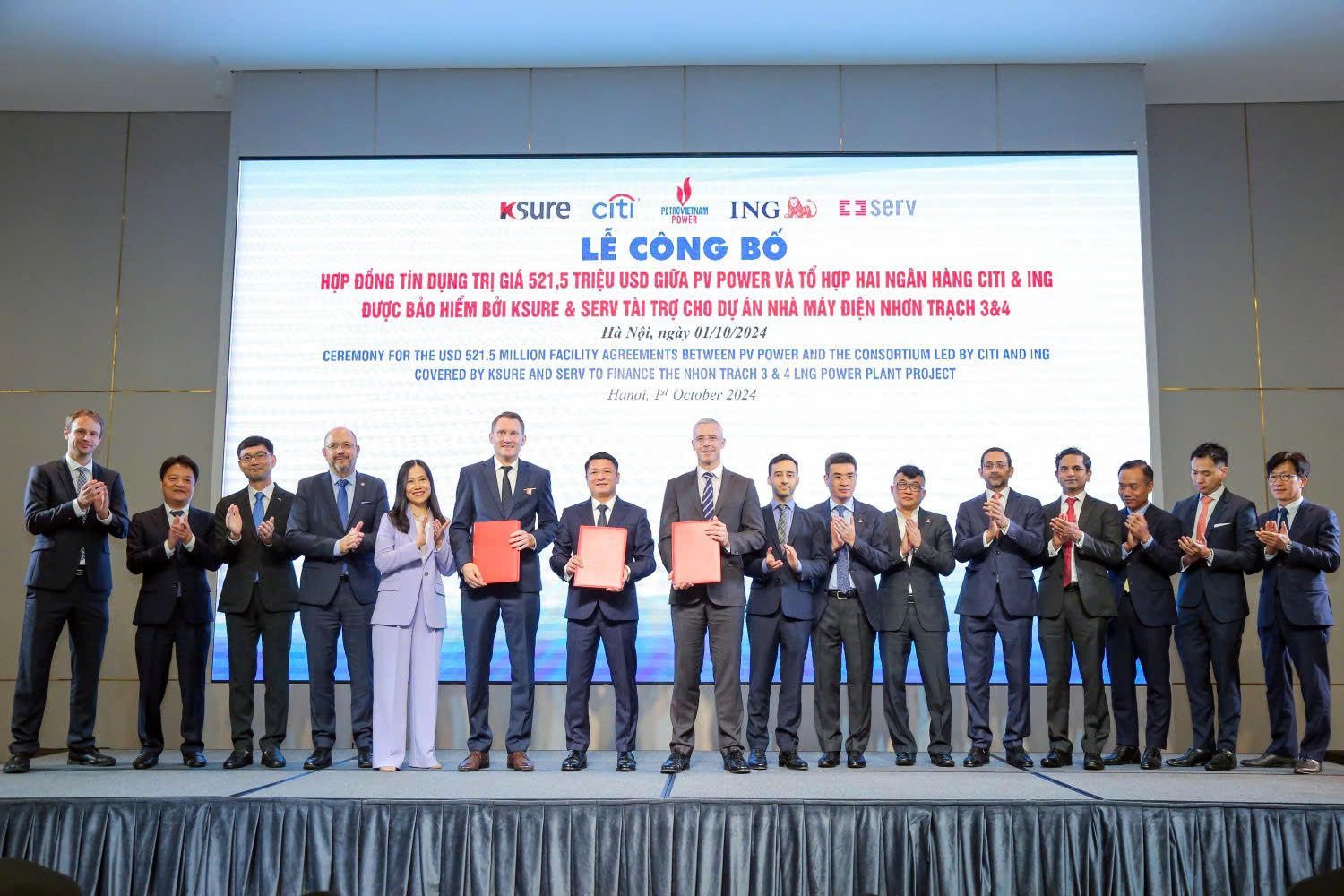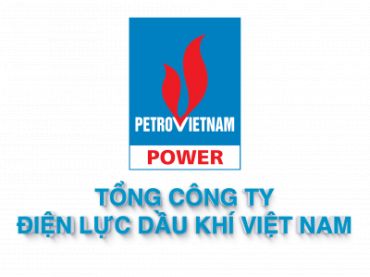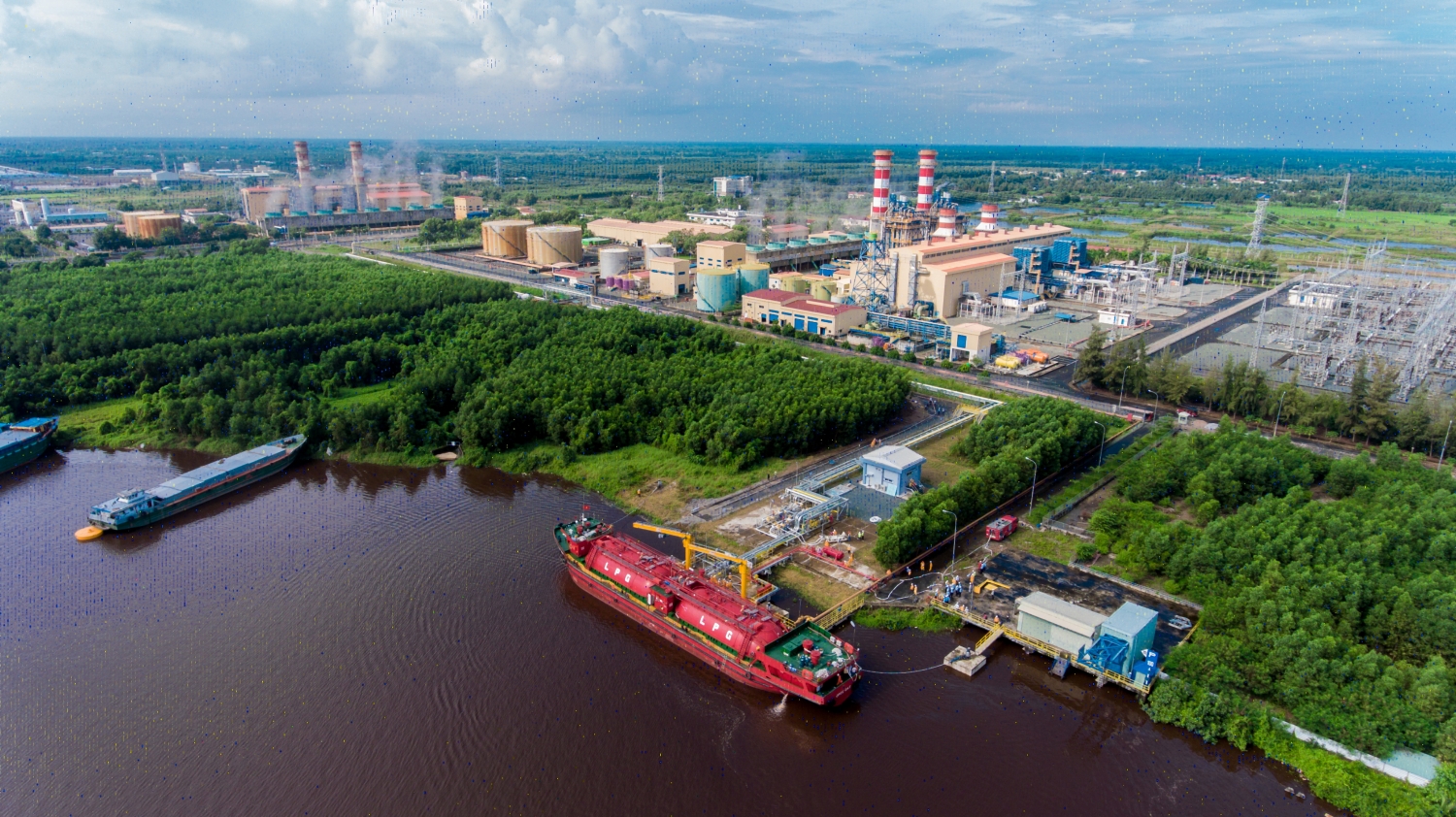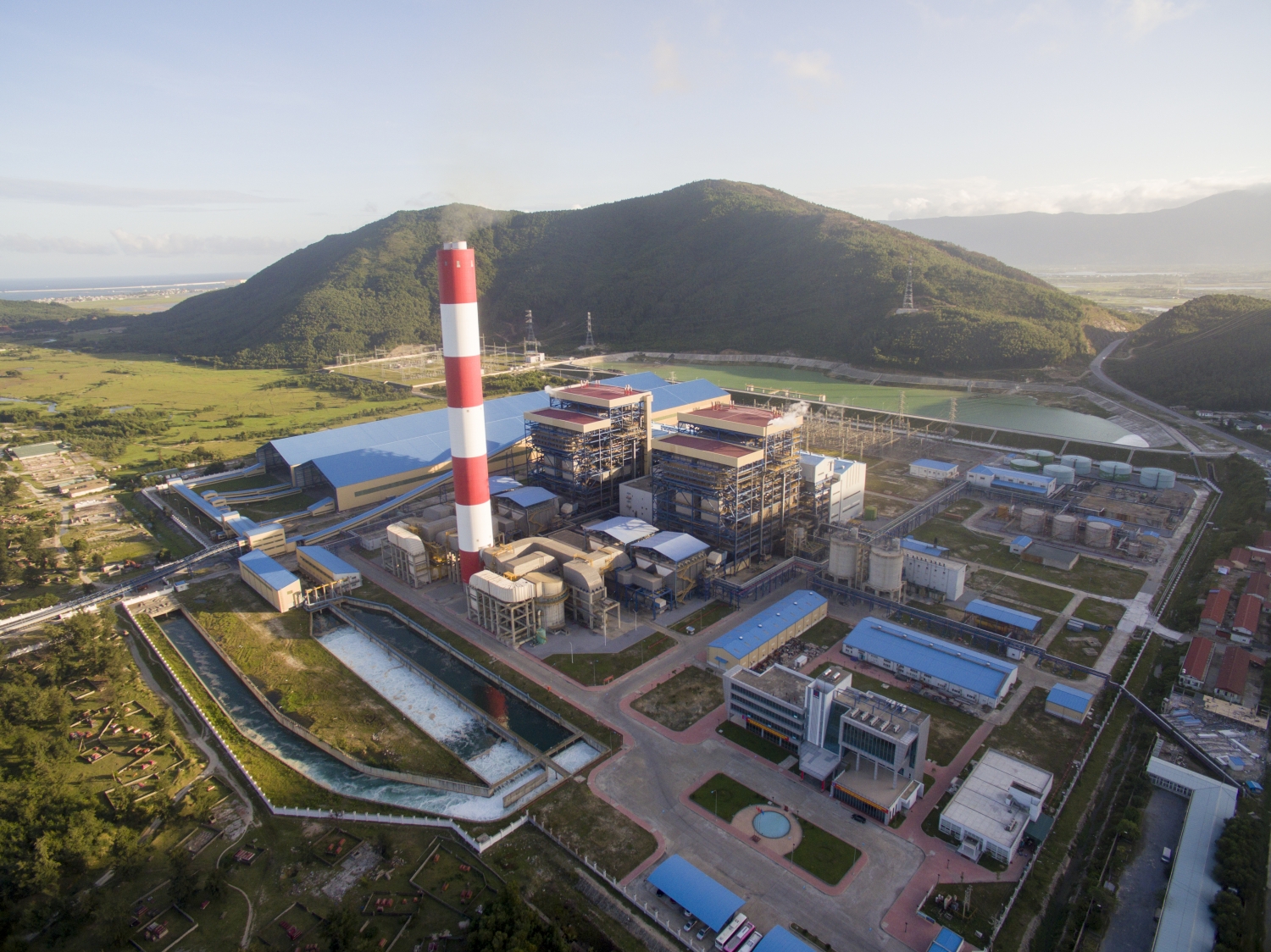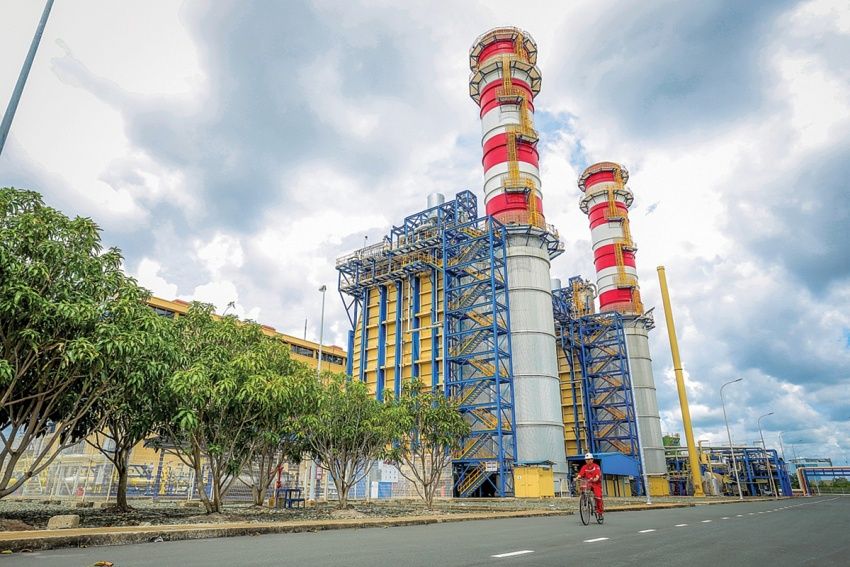
Photo: Nhon Trach 2 Power Plant
Cutting back on emissions at power plants
Energy transition and greenhouse gas emission reduction play a very important role in transforming and realising the Government's net zero emissions target. As a power provider, PV Power is well aware of this, meaning that all of its business and production endeavors are consistently directed toward initiatives and solutions which seek lower factory emissions in order to achieve the goal of being "green for the environment".
PV Power is especially interested in creating workable solutions aimed at reducing emissions because power plants use a lot of fuel and emit a lot of greenhouse gases into the atmosphere. Between now and 2030, it intends to develop a total of 12 initiatives to reduce greenhouse gas emissions from power plants. According to Petrovietnam's estimates, these initiatives might cut CO2 emissions by 160,884 tonnes between 2018 and 2025 and 72,150 tonnes between 2026 and 2030. The bulk of solutions that have been registered are centred around energy conservation and reduction in production activities, as well as the utilisation of solar energy.
In order to encourage sustainable development, PV Power will prioritise and support the adoption of modern, energy-efficient, and environmentally friendly technologies in all commercial and production activities going forward, in accordance with governmental and Petrovietnam policies.
It will also give top priority to the development of renewable energy, actively study and learn about clean and alternative fuels and other cutting-edge emission reduction technologies, whilst also employing the newest technology when investing in new plants in order to quickly adapt to the energy transition and work towards the Government's net emission reduction target.
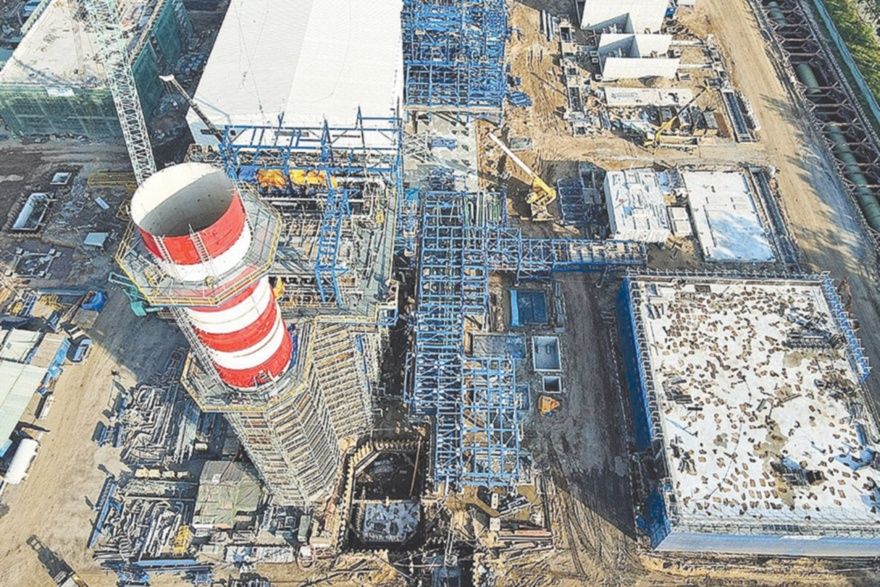
Photo: Construction site of Nhon Trach 3 – 4 Power Plants
Taking full advantages and accelerating energy transition
LNG power, which makes up more than 14.9% of the total capacity of the national grid system, is one of the sources that will help to ensure a sufficient, dependable, and safe supply of electricity for the country by 2030, according to Power Plan VIII. PV Power will concentrate on energy transformation in the upcoming years with the aim of effectively accomplishing the environmental conservation objective. It will also enhance co-operation and the growth of LNG gas power projects by leveraging its distinct position within the gas power industry.
Typically, state-of-the-art technologies have generally been used to complete the Nhon Trach 3 and 4 projects. It is therefore anticipated that Nhon Trach 3 Plant will start producing commercial power by the end of the year, while Nhon Trach 4 Plant will follow suit by the beginning of 2025. These two projects, which combined have a 1,500 MW capacity, will come at a cost of roughly US$1.4 billion. This is in addition to the Quang Ninh LNG gas power project, whose planned capacity is 1,500 megawatts. With an average yearly electricity output of 30 billion to 47 billion kWh and an average growth rate of 3% to 4% in power output, PV Power hopes to reach 5,760 to 9,560 MW of total capacity by 2035.
The development strategy states that between now and 2025, PV Power will collaborate alongside partners as part of efforts to carry out investment projects, including wind power projects, rooftop solar power projects, and lakeside solar power projects, all with a capacity of roughly 55 MW. With the intention of investing an extra 1,000 MW of renewable energy by 2035 (of which 800 MW is anticipated to be put into operation), PV Power will put in a great deal of effort over the next decade to locate and analyze investment capital.
Even though the Government's supportive policy mechanisms have made it easier to implement investment in and construction of LNG and renewable energy projects, PV Power still faces numerous obstacles and hurdles. For instance, "bottlenecks" occurring in power transmission have resulted from the growth of solar and wind power not happening in tandem. Additionally, there are inconsistent and inappropriate policy mechanisms for investing in renewable energy projects, whilst electricity prices do not particularly entice investors. Meanwhile, communities which have the potential to develop renewable energy projects have tended to take a backseat in their support.
 Photo: Workers at the construction site of Nhon Trach 3-4 Power Plant Project
Photo: Workers at the construction site of Nhon Trach 3-4 Power Plant Project
The development of renewable energy sources will be ineffective, wasting public resources and deterring investors, in the event that these issues and obstacles are not resolved quickly. In an effort to promote the expansion of renewable energy, PV Power has recently filed several recommendations regarding support policies in terms of quotas, set prices, bidding, and certification mechanisms, and so forth. Renewable energy will therefore be a feasible option that will significantly contribute to the national power system and help to address the issue of electricity scarcity for socio-economic development in the years to come, provided that reasonable support policies are put in place.
Petrovietnam wishes to change the oil and gas services industry as "the energy and industrial services industry" to better reflect its status as a major energy group. In order to do that, Petrovietnam must make adjustments, create business models, and improve resource connectivity among units in order to make better use of all its investments and assets.
As a fundamental component of Petrovietnam, with the goal of establishing the oil and gas power industry as one of Petrovietnam's five core areas, PV Power is well-positioned to tackle the energy transition of "greening" by emphasising project development and investment, as well as encouraging investment in power projects employing LNG and renewable energy by capitalising on existing advantages. Along with this, PV Power continues to persist in promoting its reorganisation and expansion into a robust, effective, and fiercely competitive power and service industry player offering associated goods and services.
|
According to the development strategy between now and 2025, PV Power will collaborate alongside partners as part of efforts to carry out investment projects, including wind power projects, rooftop solar power projects, and lakeside solar power projects, all with a capacity of roughly 55 MW. With the intention of investing an extra 1,000 MW of renewable energy by 2035, PV Power will put in a great deal of effort over the next decade to locate and analyze investment capital.
|

